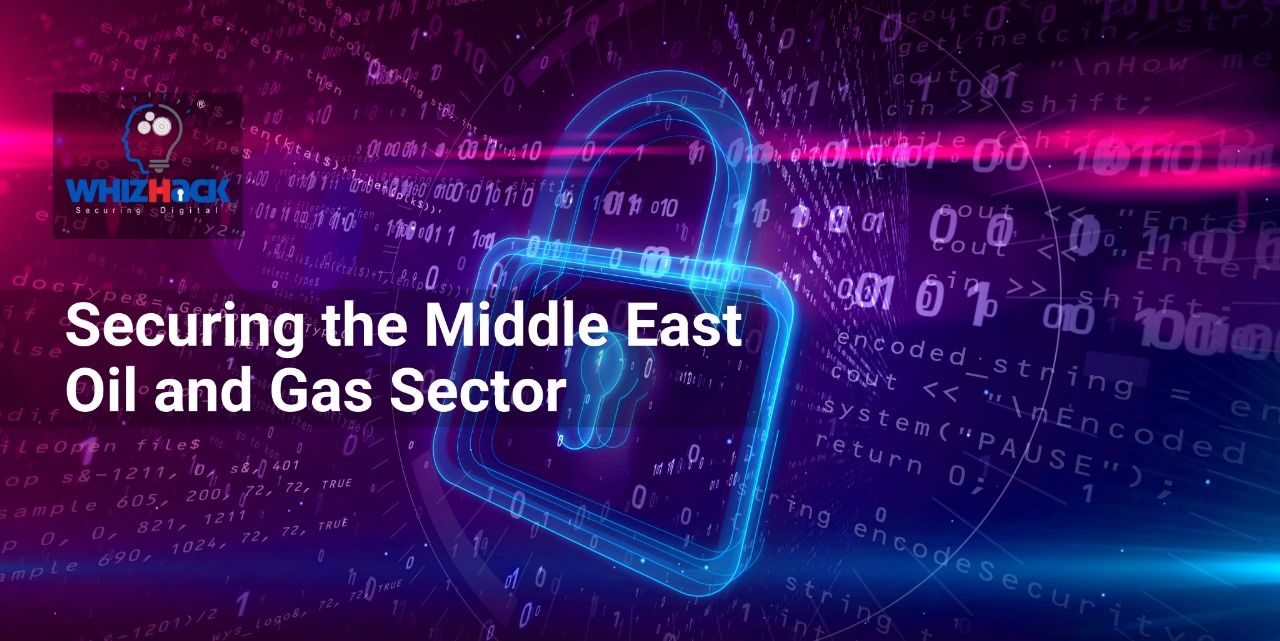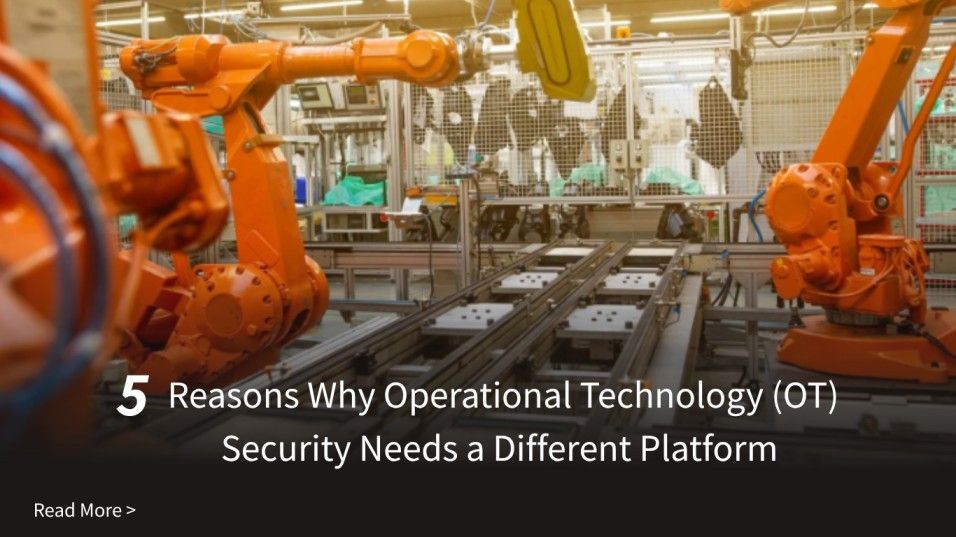The Middle East's oil and gas sector serves as the backbone of the region's economy, contributing significantly to global energy production and export. However, amidst the rapid digitization and technological advancements in the industry, cybersecurity emerges as a critical concern. Malicious actors target vital infrastructure and operational systems, posing serious threats to the stability and security of the sector. In this comprehensive overview, we delve into the statistical and operational aspects of cybersecurity in the Middle East's oil and gas sector, exploring key challenges and innovative solutions. This blog post discusses the multiple advantages of using an integrated cybersecurity solution, as well as its effectiveness in combating changing cyber threats.
Cybersecurity Market Projections
The Middle East cybersecurity market is poised for exponential growth, projected to reach USD 44.7 billion by 2027. Within this market, Threat Intelligence and Response are expected to hold the largest market size, with the Middle East threat intelligence market projected to reach USD 2.2 billion by 2026. Additionally, Managed Security Services are anticipated to dominate the Middle East cybersecurity market, with a projected market size of USD 5.5 billion by 2026. These projections underscore the growing recognition of cybersecurity as a critical investment area for oil and gas companies in the Middle East.
Cyber Threats to Oil and Gas Infrastructure
The Middle East region experiences alarming rates of cybercrime, with the average cost of a cyberattack on organizations in Saudi Arabia and the UAE reaching $6.53 million, 69% higher than the global average. Cyberattacks on critical infrastructure, including oil and gas fields, power plants, ports, and airports, pose significant risks to operational continuity and data security. In 2022, the Middle East was among the top five regions globally with the highest percentage of malware blocked in industrial control systems (ICS), highlighting the pervasive nature of cyber threats in the sector.
Current Objectives and Methods of Cyberattacks
78% of cyberattacks on organizations in the Middle East target computers, servers, and network equipment. This is due to the activity of advanced persistent threat (APT) groups that target end devices and servers, as well as ransomware groups. Attacks on users (41% of organizations, 96% of individuals) are one of the most widespread current attack methods; the human factor was the cause of more than 80% of hacks in 2022, according to Verizon's annual report, including in the Middle East. Web resources complete the top three most targeted objects among organizations—attackers exploit web vulnerabilities and steal user data. Additionally, web applications are the target of defacement and DDoS attacks by hacktivists.
Malware Used in Attacks in the Middle East
Almost two-thirds of attacks on organizations in the Middle East use malware of various types. Trojans are the most popular type of malware in attacks on organizations, and for good reason—they provide attackers with almost complete control over compromised devices, disable security tools, and ensure persistence within the infrastructure. This type of malware is popular among all types of threat actors, particularly APT groups. Ransomware groups are one of the major threats worldwide now, including in the Middle East: the activity of ransomware groups increased by 77% in the first quarter of 2023 compared to the same period in 2022. According to the Group-IB "Hi-Tech Crime Trends 2022/2023" report, the most targeted countries in the Persian Gulf region were the UAE (33%), Saudi Arabia (29%), and Kuwait (21%).
Impact on Global Supply Chains
Cyber disruptions in the Middle East have profound implications for global supply chains and energy systems. Geopolitical tensions exacerbate the risk of cyberwarfare and espionage, threatening oil and gas production and transportation networks worldwide. The potential for cyberattacks to disrupt critical infrastructure in the Middle East, such as oil and gas facilities and shipping routes, underscores the interconnectedness of global energy markets and the imperative for robust cybersecurity measures.
Recent Cyber Incidents
Recent cyber incidents targeting major players in the Middle East's oil and gas sector underscore the persistent threat posed by malicious actors. Saudi Aramco's report of an attack on its main network service, affecting 30,000 workstations, highlighted vulnerabilities in the oil giant's cybersecurity defenses. Similarly, Qatar's RasGas fell victim to malware, raising concerns about the sector's susceptibility to cyber threats. These incidents serve as stark reminders of the urgent need for enhanced cybersecurity measures and proactive risk management strategies.
WhizHacks Innovative Solutions
WhizHack Technologies offers advanced cybersecurity solutions tailored to the unique challenges of the oil and gas sector in the Middle East. Leveraging cutting-edge technologies such as artificial intelligence (AI) and machine learning (ML), our Product line of ZeroHack OT, based on proprietary DISS(R), empowers companies to predict and prevent cyber threats effectively. Strategic partnerships and knowledge transfer initiatives further enhance the cybersecurity posture of Middle Eastern oil and gas companies, enabling them to mitigate risks proactively and ensure operational resilience in the face of evolving cyber threats. ZeroHack OT products are used across some of the most high-profile assets in India, including airports, power stations, defense installations, and research universities.
The cybersecurity landscape of the Middle East's oil and gas sector is characterized by complex challenges and dynamic threats. By investing in innovative technologies, fostering strategic collaborations, and implementing robust cybersecurity measures, companies can safeguard critical infrastructure and protect against cyber threats effectively. As the industry continues to evolve in the digital age, proactive risk management and cybersecurity initiatives will be paramount to ensuring the stability, security, and resilience of the region's oil and gas sector.




